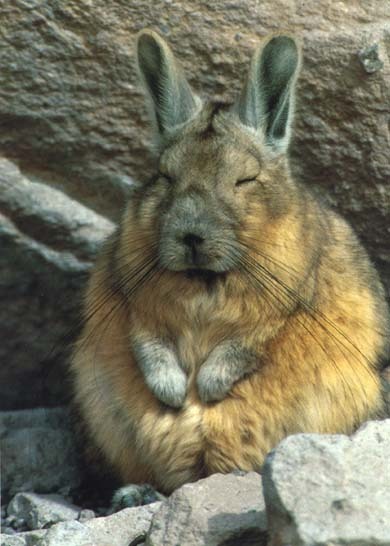Chilean Winter Rainfall-Valdivian Forests
By Brittany King
Historical State
This hotspot covers 397,142 km² in total; specifically covering 40% of the Chilean landmass, three islands off Chile’s coast, and a small part of Argentina. The mainland portion is virtually an island itself, bounded by the Pacific Ocean, Andes Mountains, and Atacama Desert. The region contains a variety of vegetation types, from desert to Mediterranean. About half of the species present are endemic. Habitat degradation and forest clearing have been occurring there since the 16th century and in the 1970s plantations of pine and eucalyptus trees began replacing native vegetation.
Hotspot Original Extent (km 2) | 397,142 |
Hotspot Vegetation Remaining (km 2) | 119,143 |
Endemic Plant Species | 1,957 |
Endemic Threatened Birds | 6 |
Endemic Threatened Mammals | 5 |
Endemic Threatened Amphibians | 15 |
Extinct Species† | 0 |
Human Population Density (people/km 2) | 37 |
Area Protected (km 2) | 50,745 |
Area Protected (km 2) in Categories I-IV* | 44,388 |
Current Human Impacts
Future of the Hotspot
What Can Be Done
So far no species have gone extinct, but many species, specifically endemic ones are in danger of doing so. Steps that can be taken to protect this hotspot and its biodiversity are to make it easier for the government to buy private land in order to set up nationally protected areas in this region. Right now most land there is owned privately, and the system in place makes it too hard for the government to purchase the land. Stricter laws on cutting down trees, and the use of fire could be put into place in order to reduce the amount of fragmentation and degradation occurring.
Works Cited
"Biodiversity Hotspots - Chilean Forests - Overview." Biodiversity Hotspots - Home. Conservation International. Web. 29 Nov. 2011. http://www.biodiversityhotspots.org/xp/hotspots/chilean_forests/Pages/default.aspx.
Conservation International (Lead Author);Sidney Draggan (Topic Editor) "Biological diversity in the Chilean winter rainfall-valdivian forests". In: Encyclopedia of Earth. Eds. Cutler J. Cleveland (Washington, D.C.: Environmental Information Coalition, National Council for Science and the Environment). [First published in the Encyclopedia of Earth May 8, 2009; Last revised Date May 8, 2009; Retrieved November 29, 2011 <http://www.eoearth.org/article/Biological_diversity_in_the_Chilean_winter_rainfall-valdivian_forests>
"EIC Conservation Database." Welcome to Eco-Informatics Centre. Web. 29 Nov. 2011. http://www.ecoinfoindia.org/lldb_gbh_cwrvfh.php.
"Overview - Conservation International." Home - Conservation International. Web. 29 Nov. 2011. http://www.conservation.org/where/priority_areas/hotspots/south_america/Chilean-Winter-Rainfall-Valdivian-Forests/Pages/default.aspx.
"Valdivian Coastal Reserve, Chile - Conservation International." Home - Conservation International. Web. 29 Nov. 2011. http://www.conservation.org/sites/gcf/portfolio/south_america/Pages/valdivian_coastal.aspx.





No comments:
Post a Comment